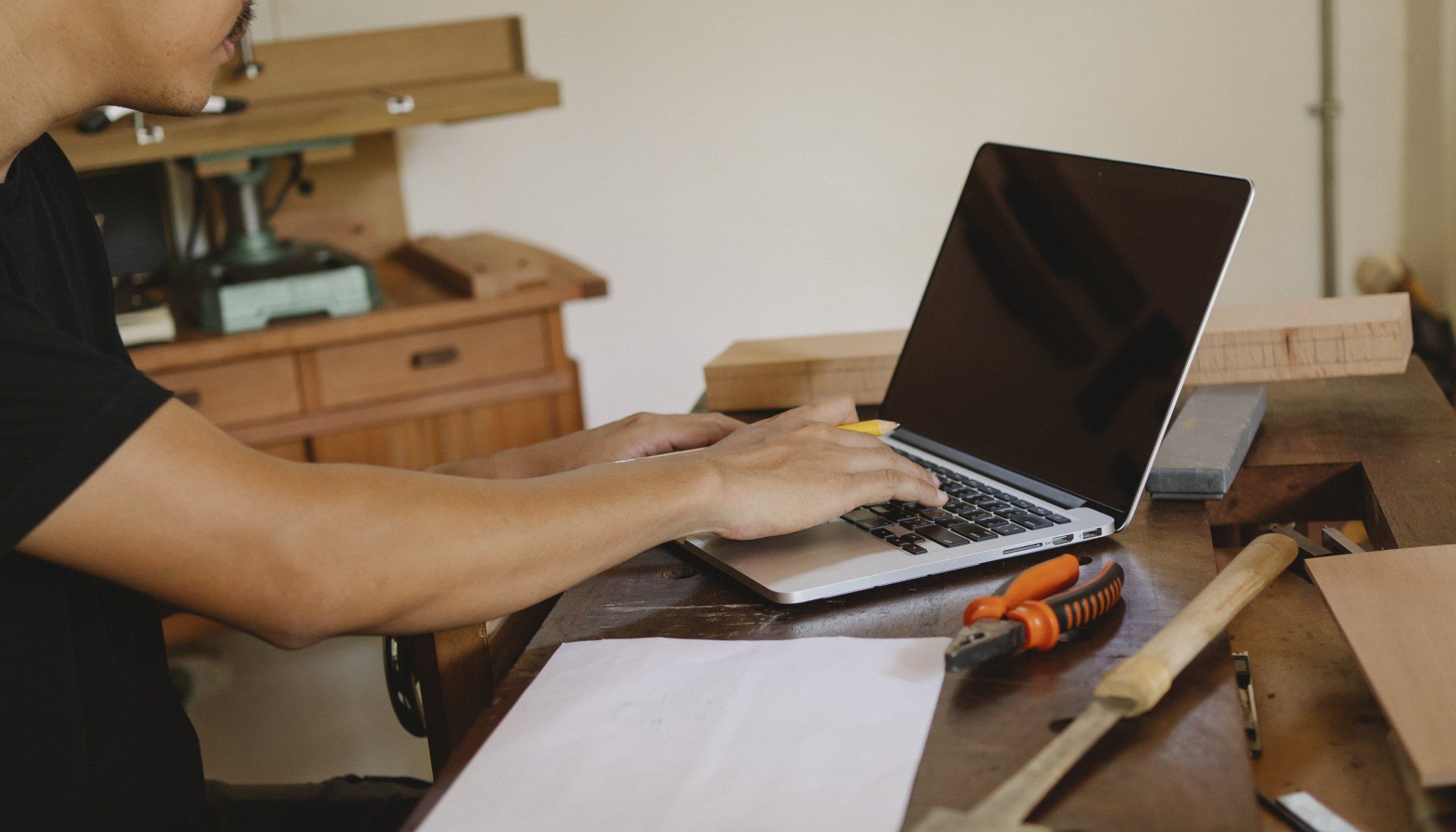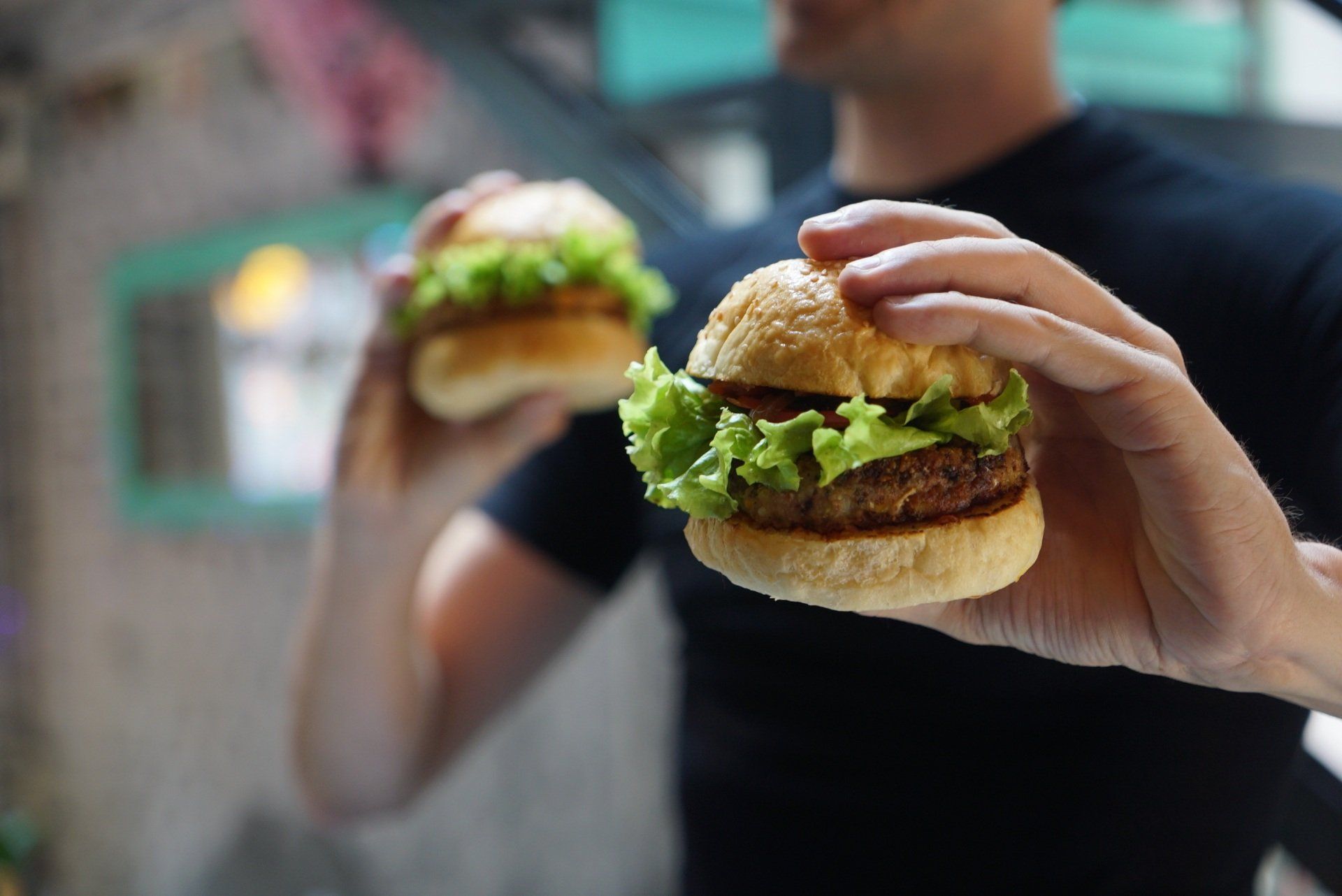Intuitive Eating Tip: How To Eat Less
Before you can learn how to use intuitive eating for weight loss know this: Food researchers make a distinction between two kinds of satiety.
The first, alimentary alliesthesia, is what we normally think about after we eat—how full we feel, how distended our stomachs are and how little we want to continue eating no matter what food is on offer.
But there is a second kind of satiety the French and other Epicurean cultures pay a lot of attention to. It’s the sensory pleasure we get out of each bite of food—the actual sensations that shape our perceptions of taste.
This is known as sensory specific satiety and it's responsible for a phenomenon that surprises most Americans: It is virtually impossible to increase the joy out of food by eating more of it. In fact, the reverse is true: The more you eat, the less additional pleasure you get from each bite.
Discovered by French physiologist Jacques Le Magnen, sensory specific satiety describes how taste buds sensitize quickly and adapt to flavors in a way that makes each bite less novel.
Habituation is the driving force behind sensory specific satiety, a key intuitive eating tool. It’s why the first slice of pizza tastes better than the third. It’s why you won’t smell the fish you cooked in the kitchen unless you leave and come back later.
It doesn’t take much to exhaust the chemical sensors in our taste buds. After just a few bites, taste and smell attenuate to the point there is very little to experience.
Sensory specific satiety explains why the French and other foodie cultures eat less. Their awareness of decreasing pleasure prompts them to stop eating earlier than other cultures. This is how they (unwittingly) use intuitive eating for weight loss.
It’s this awareness of waning pleasure that we must cultivate if we’re to make the science of conscious eating work for us. More on how to do that a bit later. First, we’re going to go more in-depth about sensory specific satiety.
Why Our Taste Buds Bore Easily
Scientists believe we developed sensory specific satiety as a survival mechanism. Eating a lot of different food was the only way to get the full spectrum of vitamins and nutrients needed to survive.
By developing taste buds that tired easily of the same food (“What, woolly mammoth again?!”) we developed a strong disposition toward variety.
This helps explain why Epicurean cultures tend to have many more courses in a meal than we do. Variety, not bigger portions, helps them get more pleasure out of food.
The Research Behind Intuitive Eating’s Secret Power
Sensory specific satiety is a much-studied phenomenon. Here’s a recent example: Two groups were asked to eat their favorite crackers. The people who had larger portions (15 crackers) reported significantly lower enjoyment than those who had eaten the smaller portion (three crackers).
This makes sense because it’s the last bite of food that determines the overall evaluation. The more you eat a large portion the more you dull the ability of your taste buds to experience the flavors. By the time you get to that last bite you may not taste anything at all.
These kinds of studies point to an inescapable conclusion: The more you eat the less you enjoy. There is no accumulation of pleasure with each bite of food. Instead, sensory pleasure peaks at the first bite and declines with each additional bite.
Why Do We Feel Cheated?
If bigger portions don’t mean greater pleasure, why do we feel cheated when Mom serves us a smaller piece of cake? Why do we feel robbed when our partners put down a plate with fewer ribs? Why do we feel ripped off when a restaurant gives us a portion we’d expect from a kid’s menu?
Our lived experience directly contradicts the research on portion size. Most of us don’t feel full after eating smaller portions than we’re used to. We’re so dissatisfied we might leave the table to “eat dinner after eating dinner” (a fast food drive-by after a small-portioned meal).
How do you explain the contradiction?
Habituation. Once you habituate to a larger portion size, any significant reduction sets off the body’s fight-or-flight response. In other words, the decreased portion size represents a threat we respond to with distress.
This is the key to understanding the contradiction between research showing we get more satisfaction out of smaller portions (Epicurean pleasure, which is closely aligned with mindful eating principles) and our lived experience that we do not. It's not the size of the portion that creates our dissatisfaction; it’s the size of the decrease.
There’s a way of getting around that trap—see the post titled How To Reduce Portion Sizes Without Losing Your Mind. Or check out our online course on using
mindful eating for weight loss.
Academic Studies Informing Our Intuitive Eating Tip
Wilkinson, L. L., & Brunstrom, J. M. (2016). Sensory specific satiety: More than 'just' habituation?. Appetite, 103, 221–228. https://doi.org/10.1016/j.appet.2016.04.019
Quote: Broadly, they support an explanation of SSS based on habituation or stimulus specificity rather than top-down influences based on the availability of uneaten foods.
Raynor, H. A., & Epstein, L. H. (2001). Dietary variety, energy regulation, and obesity. Psychological Bulletin, 127(3), 325–341. https://doi.org/10.1037/0033-2909.127.3.325
Quote: Animal and human studies show that food consumption increases when there is more variety in a meal or diet and that greater dietary variety is associated with increased body weight and fat. A hypothesized mechanism for these findings is sensory-specific satiety
González, A., Recio, S. A., Sánchez, J., Gil, M., & de Brugada, I. (2018). Effect of exposure to similar flavours in sensory specific satiety: Implications for eating behaviour. Appetite, 127, 289–295. https://doi.org/10.1016/j.appet.2018.05.015
Quote: The results suggest that easy and continuous access to a high variety of similar unhealthy foods might have long-term effects on food consumption, and highlight a potential mechanism linking obesogenic environments with dietary habits.
Sashie Abeywickrema, Indrawati Oey, & Mei Peng, (2022), Sensory specific satiety or appetite? Investigating effects of retronasally-introduced aroma and taste cues on subsequent real-life snack intake, Food Quality and Preference, Volume 100. https://doi.org/10.1016/j.foodqual.2022.104612
Quote: Our findings reveal that exposure to retronasally introduced vanilla aroma, and the sweet taste can induce daylong sensory-specific effects. Specifically, pre-exposure to sweet-associated aroma (i.e., vanillin) and taste (i.e., sucralose) stimuli decrease sensory-congruent (i.e., sweet), but increase sensory-incongruent (i.e., non-sweet) snack intake throughout the day. Overall, the study suggests that sensory exposure may have lasting temporal effects on eating behaviour










